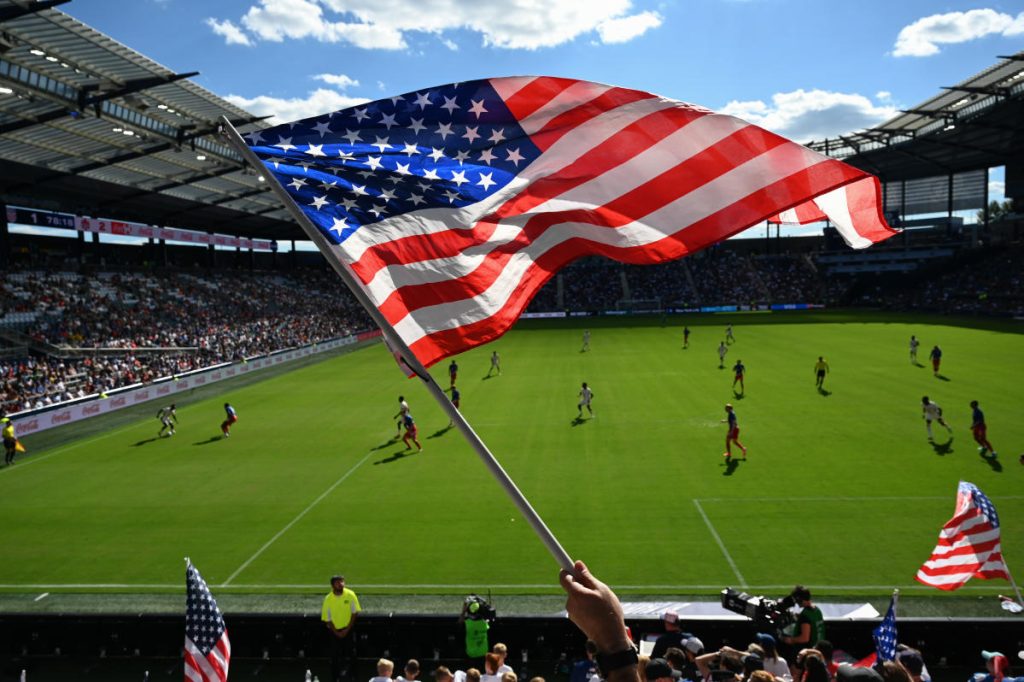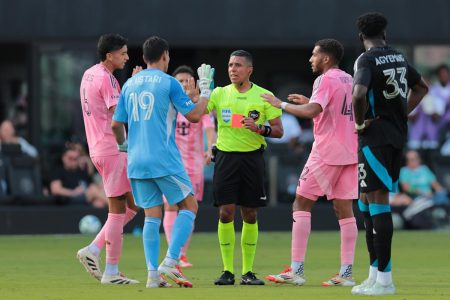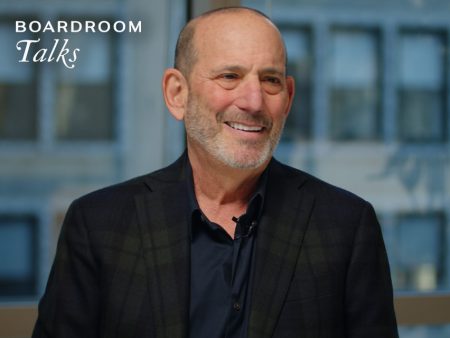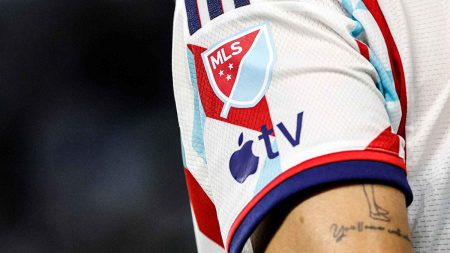The Excitement and Transformation of American Soccer
The buzz surrounding American soccer has reached a fever pitch, with "unique opportunity" and "transformational change" becoming the catchphrases of the moment. From the highest echelons of U.S. Soccer to the local fields across the country, the sentiment is shared. As U.S. Soccer CEO J.T. Batson wrote to members, "There has never been a more important or exciting time for our sport." These grandiose statements, though often seen as clichés, carry a profound truth. The next 18 months are not just about excitement; they are about reshaping the sport at all levels and genders, from grassroots to professional, and from coast to coast. The 2026 World Cup, the Club World Cup, the dwindling days of Lionel Messi in Miami, pivotal developments in the NWSL, and ambitious expansion plans by the USL all converge to create a moment of unparalleled potential and pressure. The challenge is to ensure that this moment does not pass without leaving a lasting impact on American soccer.
The 2026 World Cup: A Catalyst for Change
The 2026 World Cup is a monumental event for North American soccer, marking the first time the tournament has returned to the continent in over two decades. While FIFA will reap the majority of the financial benefits, the real question is how this event will influence the sport in the United States. The legacy projects, often vague and intangible, are crucial. Will they be piecemeal efforts, such as building a few soccer fields in South Florida and New Jersey, or will they address systemic issues like the pay-to-play model that still hinders access to the sport for millions of American children? The performance of the U.S. men’s national team, now led by Mauricio Pochettino, could be a game-changer. With a roster of the most talented players the country has ever produced, a deep run in the tournament could captivate the nation and elevate the USMNT to unprecedented heights. This moment is not just about the stars on the pitch but about fostering a genuine soccer culture that resonates with new fans and makes soccer an integral part of American sports.
The 2025 Club World Cup: A Test of MLS’s Global Relevance
This summer, the inaugural 32-team Club World Cup will take place, and its impact on American soccer will be significant, though more narrow in scope. The success of the event hinges on fan turnout and interest. If fans flock to stadiums and the tournament garners widespread attention, it could solidify the U.S. as a preferred destination for international soccer events and potentially bring the Club World Cup back in 2029. Conversely, poor attendance could validate concerns about market oversaturation. MLS teams, including the Seattle Sounders and Inter Miami, will have a critical role to play. An upset or two by MLS clubs could challenge the league’s reputation and demonstrate its growing competitiveness on the global stage. MLS Commissioner Don Garber acknowledges the league’s limitations, particularly in terms of roster valuations, and the ongoing discussions about aligning the MLS calendar with European soccer to enhance the league’s profile and business opportunities. These 18 months are crucial for MLS to capitalize on Lionel Messi’s presence and make a lasting impact on the sport in America.
MLS, Messi, and the Calendar Conundrum
As MLS kicks off its 30th season, the league is at a pivotal juncture. The arrival of Lionel Messi in 2023 was a watershed moment, significantly boosting the league’s profile and business. However, the initial burst of excitement has somewhat cooled, and the question remains: is Messi’s impact sustainable, or will it be a fleeting phenomenon? Whether Messi stays in Miami through 2026 or leaves sooner, MLS must use this period to maximize the benefits of his presence. The league is also considering a radical change to its calendar, shifting the start of seasons from February to August and the finish from fall to spring. This move would align MLS more closely with European soccer, potentially enhancing its global relevance and addressing issues like player fatigue and weather-related disruptions. The decision, expected this spring, could have far-reaching ramifications for the league’s future, from player recruitment to fan engagement.
The NWSL: Navigating Growth and Quality
Women’s professional soccer in the United States is at a crossroads, with the NWSL experiencing a boom but also facing challenges. The league is selling expansion rights for record sums, signaling strong business growth, but it is also losing top players to European clubs, raising concerns about maintaining quality. Commissioner Jessica Berman has indicated that the league is open to expansion, potentially reaching the size of other major U.S. sports leagues, around 30 teams. However, some stakeholders worry about the rapid expansion, fearing that it could dilute the league’s quality without a robust player development system in place. The NWSL currently lacks league-wide academy standards, and creating a youth-to-pro pathway is a top priority. This effort could involve significant investments in infrastructure and rule changes to support player development. Balancing business growth with technical excellence will be crucial for the league’s long-term success and its ability to compete on the global stage.
The 2031 Women’s World Cup and the Women’s Club World Cup
The 2031 Women’s World Cup presents another critical opportunity for U.S. Soccer. The country has expressed strong interest in hosting the tournament, which could expand to 48 teams. However, competition is fierce, with England and other soccer powerhouses also vying for the hosting rights. FIFA’s delayed announcement on the bidding process adds to the uncertainty, but the stakes are high. Hosting the World Cup could further elevate the women’s game in the U.S. and solidify the country’s position as a leader in women’s soccer. Similarly, the Women’s Club World Cup, which FIFA has promised but delayed repeatedly, is a potential game-changer. If launched, it could provide a platform for NWSL clubs to showcase their talent and attract more international attention. However, the lack of clear communication from FIFA on this front has caused frustration among stakeholders. The ability to capitalize on these events and initiatives will be key to the NWSL’s growth and the development of women’s soccer in America.
A Fluid Landscape: U.S. Soccer’s Strategic Shifts
Amid all the excitement and potential, U.S. Soccer is undergoing significant organizational changes. The federation is moving from its Chicago headquarters to metro Atlanta, where it will open a state-of-the-art national training center in the spring of 2026. This move is part of a broader strategy to transform U.S. Soccer from a modest non-profit into a robust business, injecting more money into the sport and fostering a united soccer ecosystem. The federation is also exploring new models for men’s college soccer, with discussions about extending the season from fall to spring and potentially overhauling the governance of collegiate soccer. These changes could have a ripple effect throughout the soccer landscape, from youth development to professional leagues. Additionally, the USL’s announcement of plans to add a fourth division, a Division 1 league by 2027, underscores the fluidity and potential for growth in American soccer. With such a diverse and passionate sports-loving population, the next 18 months will be defined by efforts to tap into this vast potential and shape the future of soccer in the United States.











